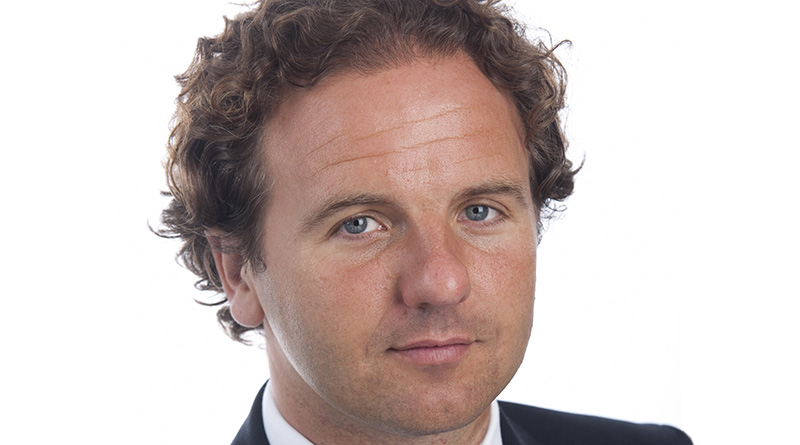Care Home Sector Remains Resilient Despite Forthcoming Inflationary Headwinds
UK care home operators have seen a five percent rise in occupancy levels and an increase in profitability as the sector recovers from the pandemic and demand for beds remains strong, according to leading global property adviser Knight Frank’s 2022 UK Care Homes Trading Performance Review.
The report, which collates data from across the UK care home sector and surveys operators on their individual performance, represents approximately 79% of the corporate market totalling over 100,000 beds across 781 towns and cities.
It has indicated that occupancy within the UK care home market is improving towards a normalised state with some homes already trading at pre-pandemic levels and occupancy rates across the UK up to 84.3% in comparison to last year’s 79.4%. This is in addition to operators seeing increased demand for beds and average weekly fees increasing by 3.3% year-on-year to £980 per week.
Sector-wide EBITDARM[1] as a percentage of income has modestly increased from 26.2% to 26.3% demonstrating the sector’s strong underlying fundamentals and resilience. However, the 2022 Care Homes Trading Performance Review also highlighted the significance of government and regulatory support in both the long and short-term support of the sector.
Whilst the sector has shown resilience with fee increases despite unprecedented circumstances, amid a cost-of-living crisis, the next question is to what extent the fee increases can continue to grow to absorb inflationary pressures, particularly given there will be increased scrutiny on energy price rises, labour costs and legislation.
This comes as property costs and food costs have experienced cumulative rises of 40% and 15% respectively whilst according to the sample the average costs of utilities at a UK care home are around £58,000 annually. Knight Frank therefore expects that more and more emphasis will be placed on how government intervention will be able to limit cost growth in this area.
Knight Frank’s research also highlights vast disparities between the profitability relative to care standards and size. Homes with an ‘inadequate’ CQC rating traded at a margin of 22% in comparison to homes with an ‘outstanding’ rating which traded at a 34% margin. In addition, the most profitable size range is homes between the size of 60 to 100 which trade at approximately 29%.
Julian Evans, Head of Healthcare at Knight Frank, said: “Despite further economic turbulence, we’ve seen further evidence of the resilience of the sector as proved by rising occupancy rates and stabilising profit margins. However, it would be remiss not to acknowledge the potential headwinds due to inflationary pressures with rising energy costs, the cost-of-living crisis and staffing shortages and what extent average weekly fees can increase in line with these costs to ensure that the sector is best positioned to absorb these.
“There is no doubt that support from the government, local authorities and regulators is crucial in these challenging times and whilst we do remain optimistic on its outlook, the sector will be leaning on a combination of its operators, investors, developers, lenders, and local government to maintain its resilience through the next 12-24 months.”
Current projections indicate that the growth in the UK’s elderly population will potentially lead to a near doubling of demand for care beds by 2050, increasing by 350,000 beds against current levels of demand. Care home closures and this growing elderly population mean that supply is failing to keep pace with demand despite a healthy new development pipeline. The UK elderly care market is at risk of reaching capacity by the end of the decade, heightening the need for new homes to be built and for existing homes to be futureproofed and modernised.
[1] 1 Earnings before interest, taxes, depreciation, amortization, rent, and management fees






